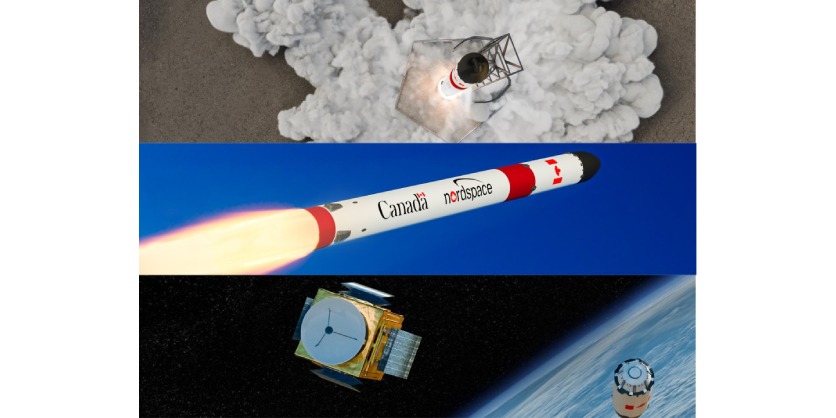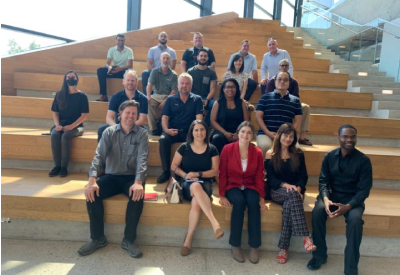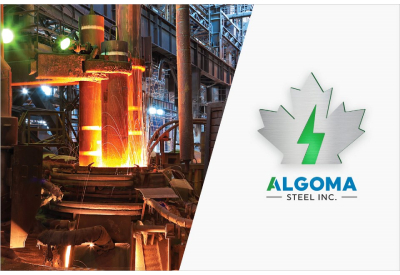Why Canadian Launch Capabilities Are Critical in the New Space Race
July 18, 2024

By David Berg
Canada, the lone G7 country without its own space launch capabilities, stands at a pivotal moment. Developing these capabilities isn’t just a matter of national pride—it’s a critical step towards economic growth, job creation, technological innovation and, most importantly, national security. Let’s explore why establishing Canadian launch capabilities is essential for the nation’s future.
Economic Growth and Job Creation
Imagine a $40 billion industry by 2040. According to research conducted by Deloitte, the Canadian space industry’s projected worth is $40 billion. This significant growth is heavily dependent on the development of sovereign launch capabilities. I’m proud to be associated with NordSpace, a Canadian company at the forefront of creating environmentally friendly, small launch vehicles and a Canada-based International Spaceport. This is not just about building rockets; it’s about creating thousands of well-paying, high-tech jobs and the birth of new industries within Canada, all driven by the ingenuity and expertise of Canadian companies.
Canadian companies launching satellites face excruciating delays and high costs in reaching low Earth orbit (LEO). With a backlog stretching from 3 to 7 years (for non-dedicated ride-share launch) and significant cost overheads, domestic launch capabilities are a game-changer. It would streamline the process, save time and resources, and enhance Canada’s competitive edge in a rapidly evolving global market.
Consider the ripple effect on the economy. Each satellite launched means more than a successful mission; it means jobs for engineers, technicians, and support staff. It means contracts for Canadian suppliers and innovation across the tech sector. The economic benefits are vast and far-reaching.
National Security and Sovereignty
The ability to launch satellites from Canadian soil is a game-changer for national security. These satellites are crucial for reconnaissance, communication, and early warning systems—tools that help monitor and protect our vast territories. With sovereign launch capabilities, we ensure that sensitive payloads remain under Canadian control, reducing reliance on foreign entities and enhancing national security.
The Technology Safeguards Agreement (TSA) between Canada and the USA, expected to be finalized in 2024, underscores the importance of secure and collaborative space endeavours. This agreement will enable American organizations to conduct space launch activities in Canada, bolstering the local space industry and enhancing bilateral security cooperation. It’s a win-win, providing economic opportunities while strengthening security ties.
Technological Independence and Innovation
Developing domestic launch capabilities is about more than just launching rockets—it’s about fostering technological independence. This independence reduces our reliance on foreign suppliers and mitigates technology transfer restrictions and export controls. It’s about mastering complex engineering and manufacturing processes, driving innovation, and maintaining a competitive edge in the global space economy.
NordSpace exemplifies this innovative spirit. Committed to a sustainable space launch, they use non-toxic fuels and aim for a minimal environmental footprint. Their small launch vehicles are designed to meet the growing demand for smaller satellites, offering dedicated and responsive launch services that larger rockets can’t match.
Think about it: smaller satellites are the future. They’re cheaper to produce, quicker to deploy and can be launched in constellations to cover more ground. NordSpace’s focus on small launch vehicles aligns perfectly with this trend, positioning Canada at the forefront of the next wave of space innovation.
Environmental and Social Impact
I’m happy to say that sustainability is a core value for NordSpace. Using locally sourced, eco-friendly fuels sets a new environmentally conscious space exploration standard. Their operations are designed to be as unobtrusive as possible, ensuring minimal impact on local communities and the environment.
For instance, NordSpace’s use of conventional fuels in everyday settings, such as Jet-A and sustainable aviation fuel (SAF), eliminates many environmental hazards associated with traditional rocket fuels. Their launch vehicles have a smaller physical and acoustic footprint, ensuring that the surrounding areas remain protected and undisturbed.
But the benefits go beyond the environment. The development of space launch capabilities offers significant social benefits. It inspires young Canadians to pursue careers in STEM fields, fostering a new generation of engineers, scientists, and innovators. NordSpace’s outreach initiatives, including student competitions and community engagement, highlight the broader societal benefits of advancing Canada’s position in space.
Imagine the excitement of students participating in space engineering competitions, visiting Canadian manufacturing and launch facilities, and engaging with professionals in the field. These experiences can spark a lifelong interest in science and technology, driving innovation and growth for decades to come.
Conclusion
Strengthening Canada’s position in the new space race through sovereign launch capabilities is more than strategic—it’s essential. It promises economic growth, job creation, national security, technological independence, and significant environmental and social benefits. As the world moves towards an increasingly space-driven future, Canada must act swiftly to secure its place as a leading spacefaring nation.
Investing in these capabilities means a brighter, more secure future for all Canadians. It’s time for Canada to rise to the challenge and lead in the new era of space exploration. The opportunities are vast, and the stakes are high—Canada cannot afford to wait.
By developing sovereign launch capabilities, Canada ensures its competitiveness, productivity, and security for future generations. It’s about inspiring the next generation, fostering innovation, and securing national interests. The time to act is now, and the benefits will be felt nationwide.
Related Story
The Canadian Space Economy Could be Worth $40 Billion by 2040
According to a new report by Deloitte Canada, the country needs a bold public policy strategy to strengthen its position in the space sector—a strategic imperative for a more thriving economy.



